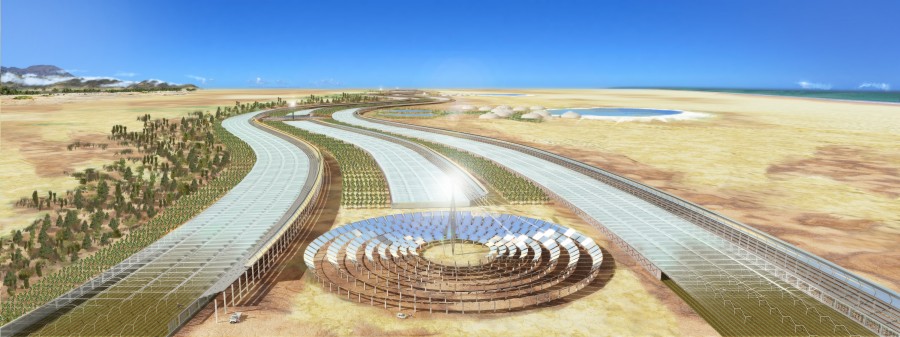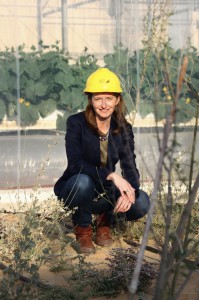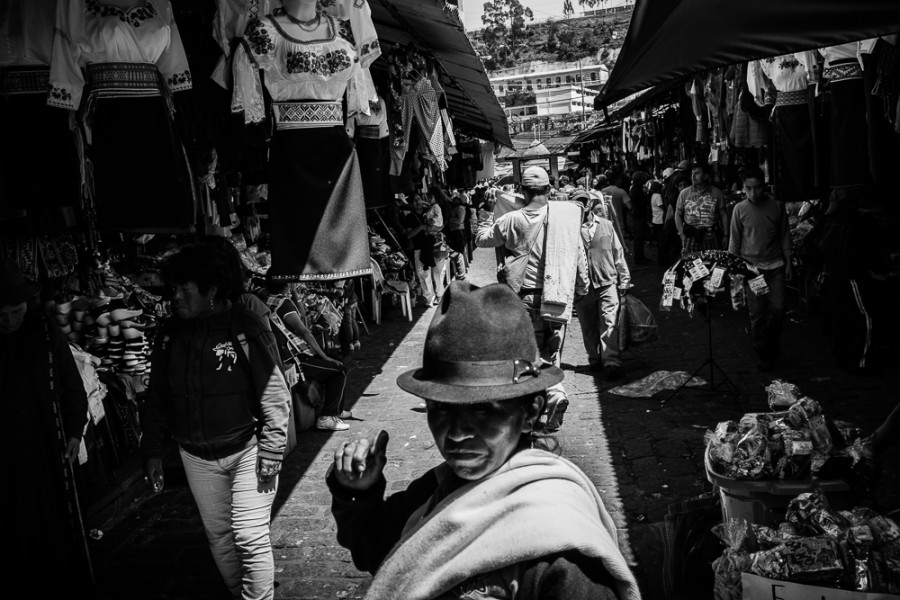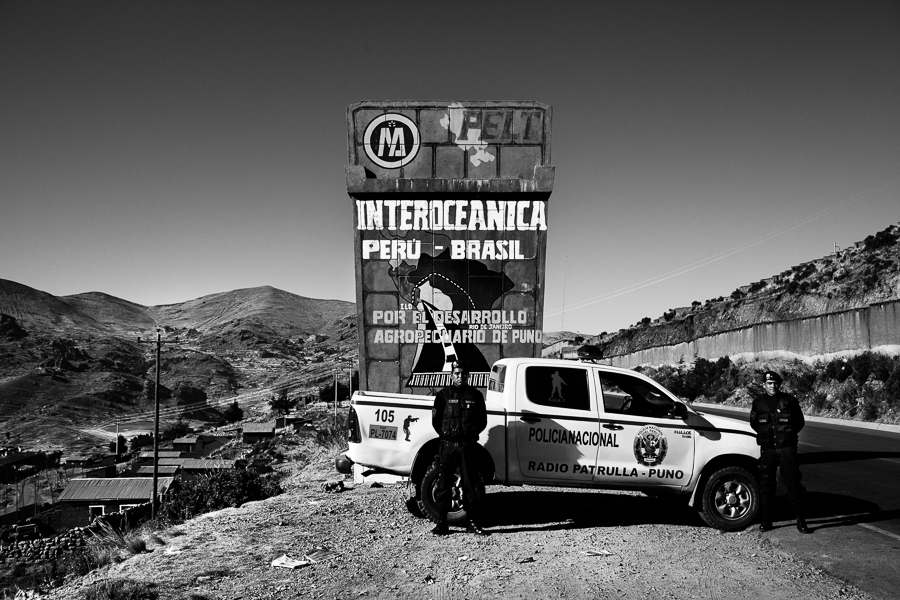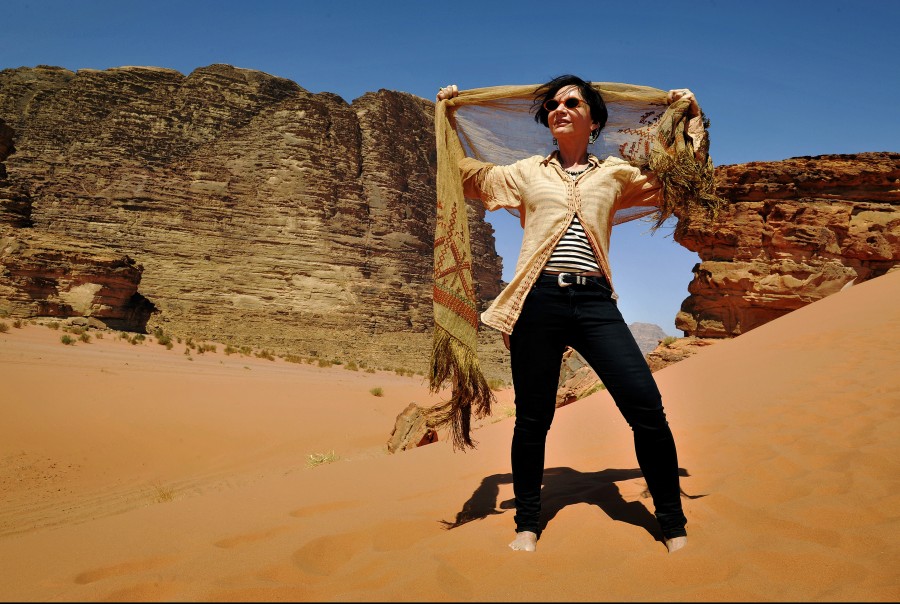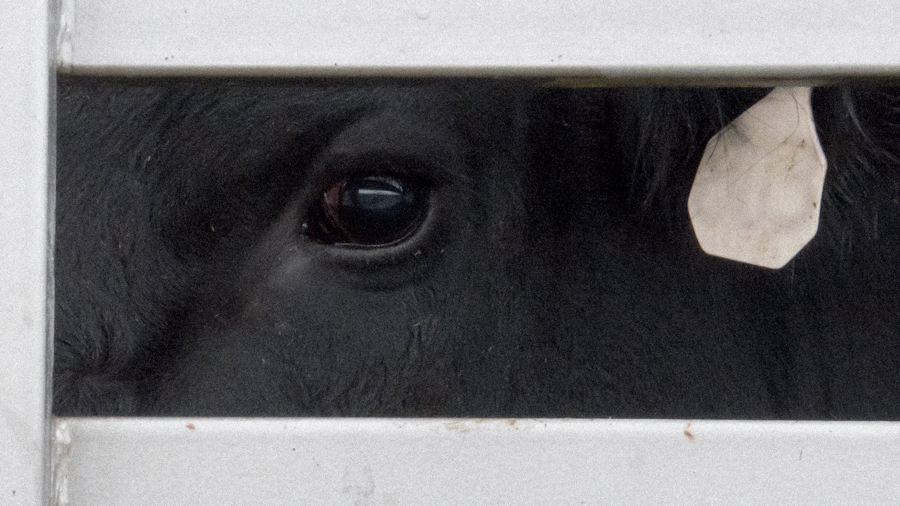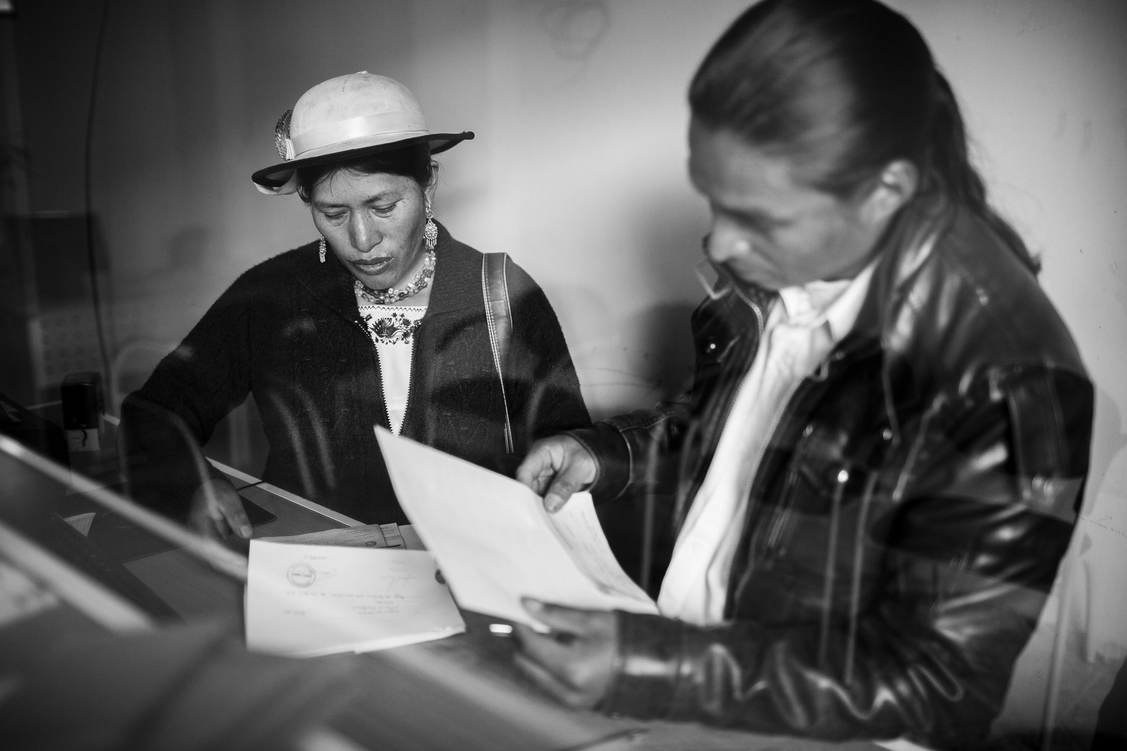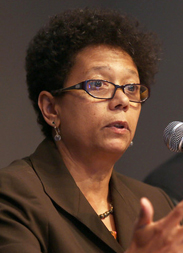
Homelands board member Dori J. Maynard died yesterday at her home in West Oakland, California. She was 56. A fearless champion of diversity in America’s newsrooms, Dori was sharp, funny, kind, intelligent, insightful, and a great friend. We will miss her dearly.
This is from Homelands’ co-founder and board president Cecilia Vaisman:
What a loss for us, for the community, for journalism. But my god, Dori made the most of her extraordinary gifts. She was so steady and brave. Dori was a marvel, speaking brilliantly and clearly on racism in the newsroom, standing firm in a hostile environment, leading, opening spaces for others to be brave. She was a powerful presence and had command of that power in a way that I have rarely seen. What a person. We are so fortunate to have had her in our circle for all these years. Her work was so important, critical to journalism and our world.
There’s an excellent article about Dori in today’s San Jose Mercury News, full of testimonials from colleagues. For instance, Dawn Garcia, managing director of the Knight Fellowships at Stanford University, calls her “an amazing force for good in journalism…. the voice that must be heard.”
You can hear that voice in this video of Dori speaking about the relationship between black men and the news media, and remembering her father, the pioneering journalist and publisher Robert C. Maynard.
Below is a statement from the Maynard Institute for Journalism Education, which Robert Maynard founded and Dori served as president:
Maynard advocated tirelessly for the future of the institute and its programs, reminding all that the work of bringing the diverse voices of America into news and public discourse is more vital than ever. Under her leadership, the institute has trained some of the top journalists in the country and helped newsrooms tell more inclusive and nuanced stories. New programs are empowering community members to voice the narrative of their own lives. On the morning of her death, she was discussing plans with a board member to help the institute thrive and to attract funding to support that work.
You can learn more about the Maynard Institute here. If you’re inclined to make a donation in Dori’s memory, you can go straight here.
